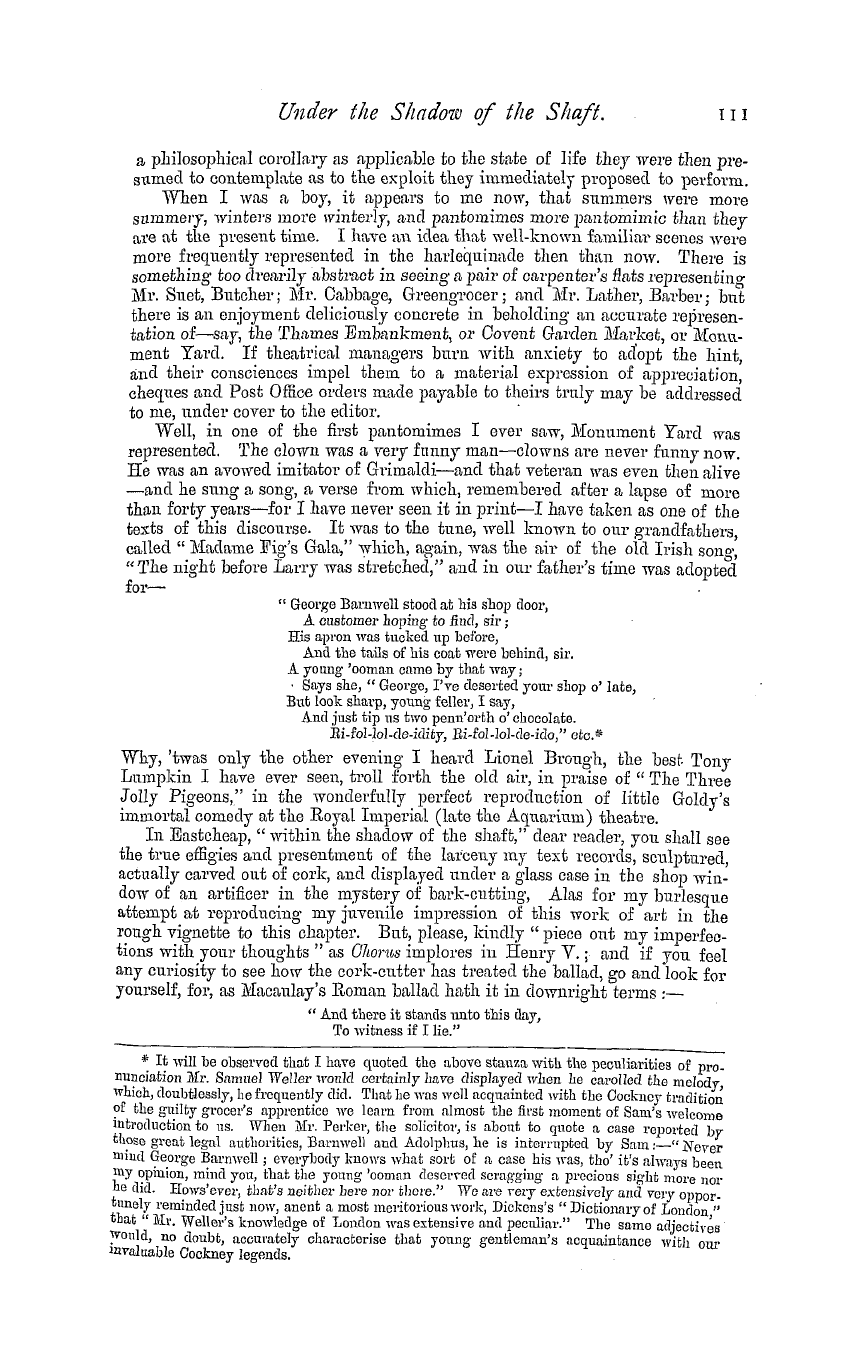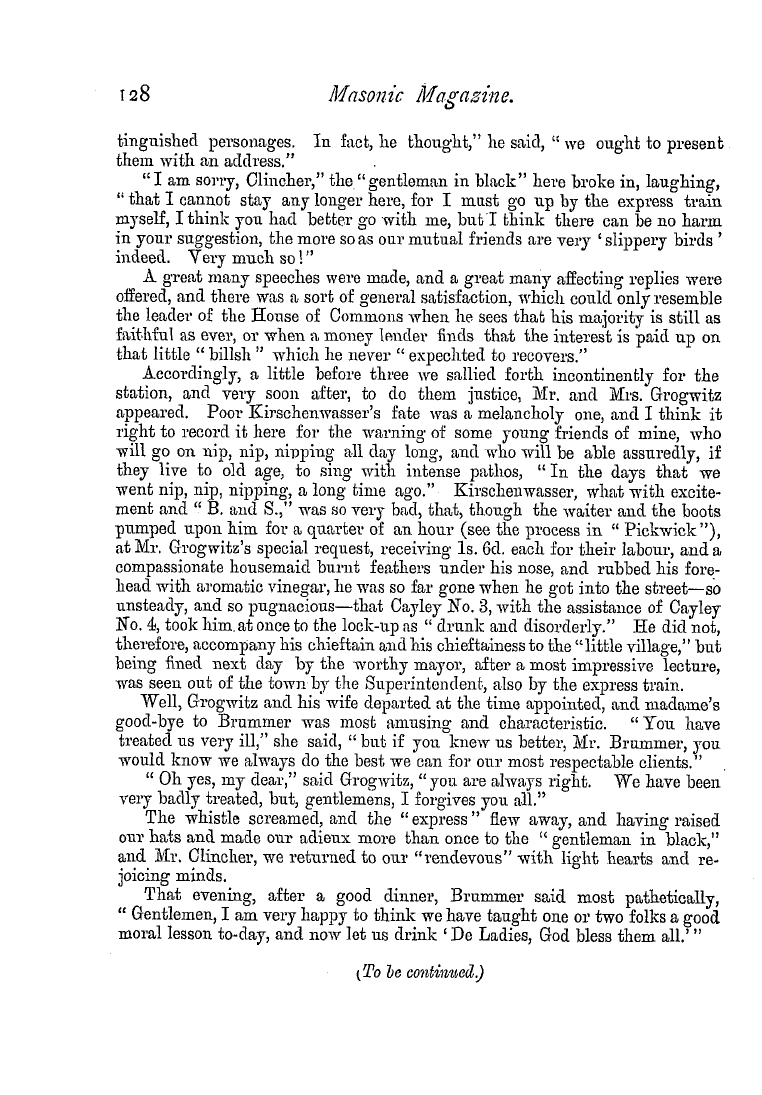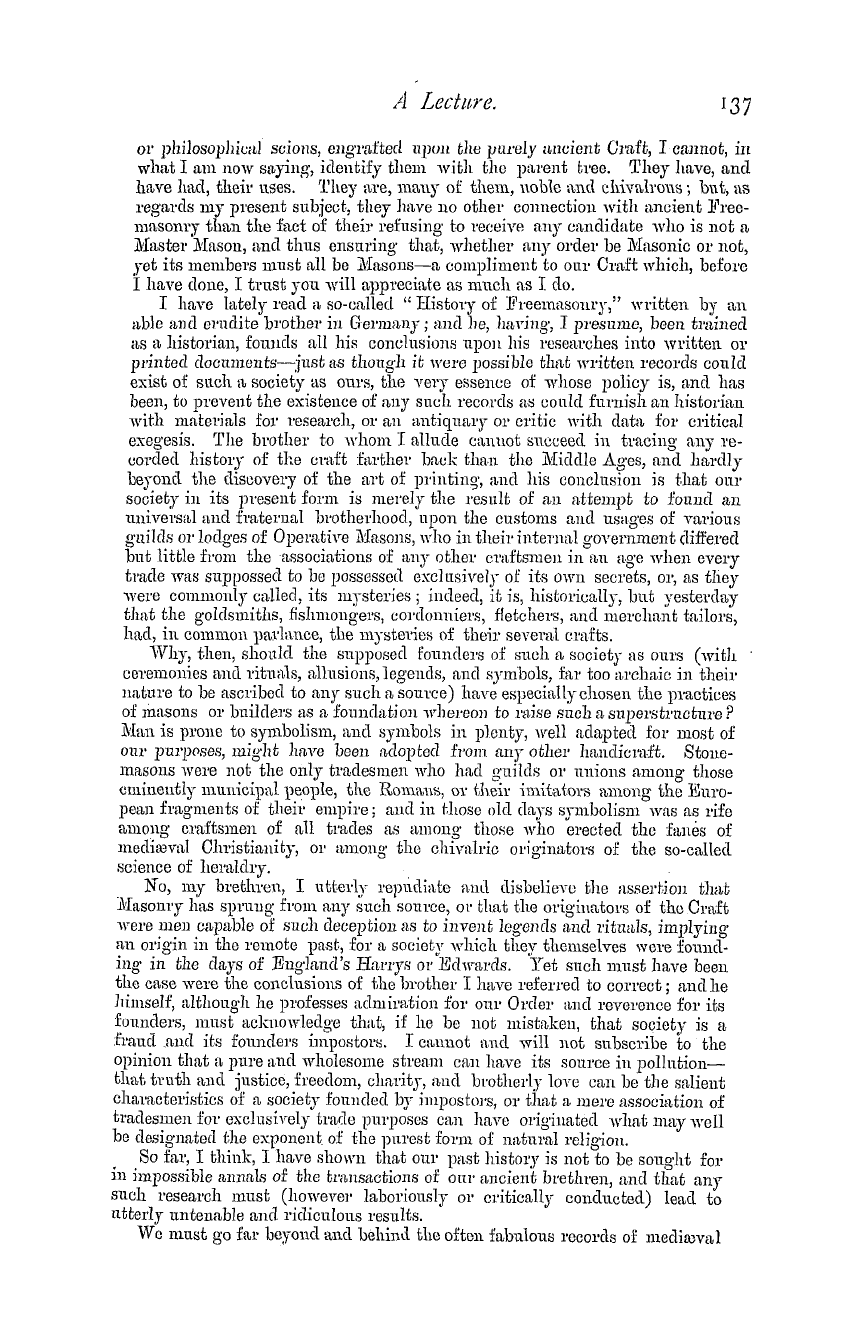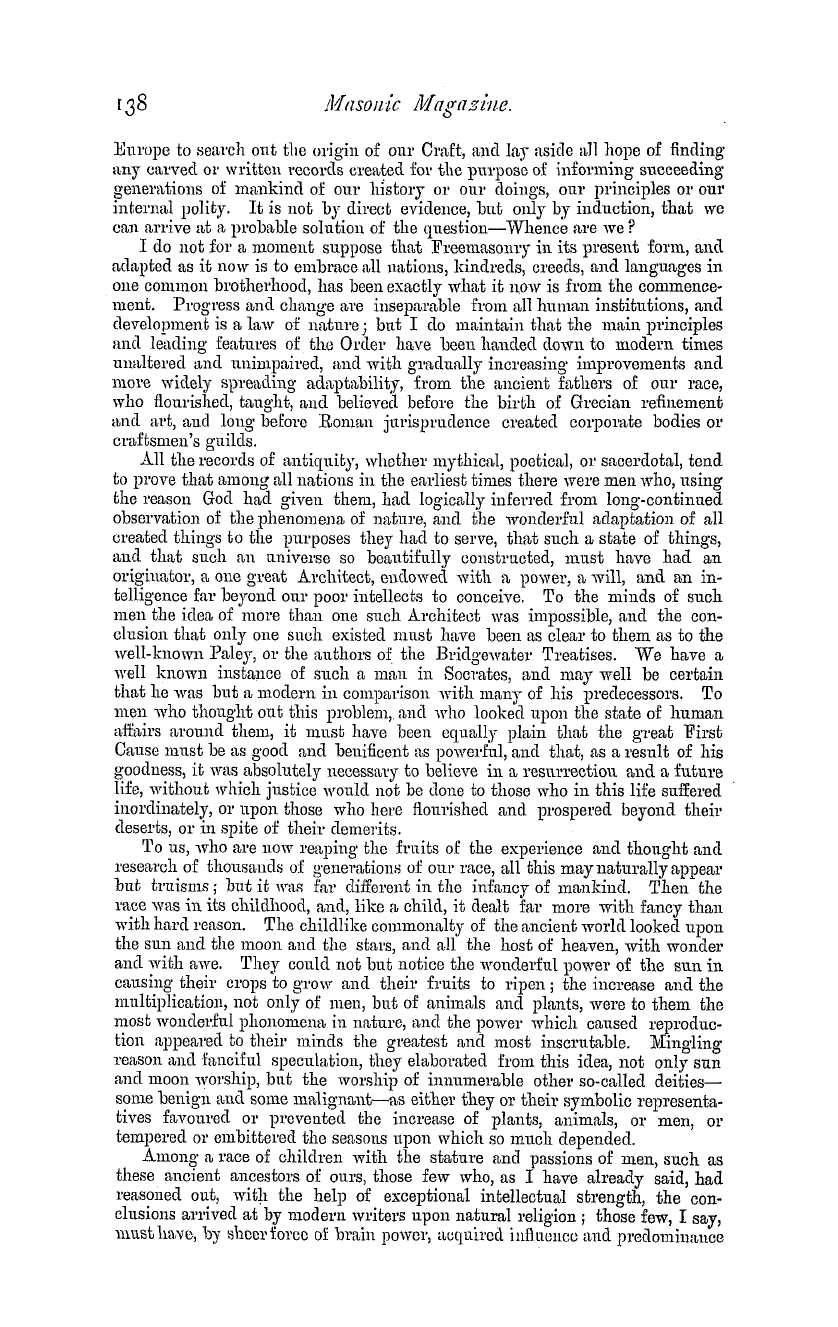-
Articles/Ads
Article ROMANTIC EPITAPHS. Page 1 of 5 →
Note: This text has been automatically extracted via Optical Character Recognition (OCR) software.
Romantic Epitaphs.
ROMANTIC EPITAPHS .
BY WILLIAM ANDREWS , P . R . H . S ., Author of the "History of the Dim / mow Flitch , " " Historic Romance , " " Old Stories Retold , " etc . IN this paper we have brought together a number of romantic epitaphs , gathered , from the quiet resting places of the departed . It will be
observed that several of our examples would , furnish ample materials , in the bands of skilful writers , for expansion into three volume novels . To make clear the allusions contained in the epitaphs , ancl add interest to the subject , we give notes . Had we withheld our remarks in presenting our first example , the charm of romance would not have been dispelled ; but we think our readers will prefer fact to fiction , and in the interest of history we deem it right
to submit the truth , ancl nothing but the truth , as far as we are able to do so . In St . Peter ' s churchyard , Barton-on-Hnmber , there is a tombstone with the following strange inscription : — "Doom'd to receive half my soul held dear , The other half with grief , she left me here . Ask not her name , for she Avas true and just ; Once a fine woman , but noAv a heap of dust . "
As may be inferred no name is given ; the date is 1777 . ¦ A curious ancl romantic legend attaches to the epitaph . In the above year an unknown lad y of great beauty , who is conjectured to have loA'ecl " not wisely , but too well , ' came to reside in the town . She was accompanied by a gentleman , who left her after making lavish arrangements for her comfort . She was proudl y reserved in her manners , frequently took long solitary walks , and studiousl y avoided all intercourse
. In giving birth to a child she died , and did not disclose her name or family connections . After her decease , the gentleman who came with her arrived , and was overwhelmed with grief at the intelligence which awaited him . He took the child away without unravelling the secret , having first ordered the stone to be erected , and delivered into the mason ' s hands the versewhich is at once a mystery ancl a memento . Such are the
, particulars gathered from " The Social History and Antiquities of Barton-on-Humber , " by H . W . Ball , issued in 1856 . Since the publication of Mr . Ball ' s book , we have received from him the following notes , which mar somewhat the romantic story as above related . We are informed the person referred to in the epitaph was the wife of a man named Jonathan Burkitt , who came from the nei ghbourhood of Grantham . He had been valet de chambre to some
gentleman or nobleman , who gave him a large sum of money on his marrying the lady . They came to reside at Barton , where she died in childbirth . Burkitt , after the death of his wife , left the town , taking the infant ( a boy ) , who survived . In about three years he returned , and married a Miss Ostler , daughter of an apothecary at Barton . He there kept the King ' s Head , a publichouse at that time . The man got through about £ 2000 between leaving Grantham ancl marrying his second wife . The churchyard of Sutton Goldfield , Warwickshire , contains a gravestone bearing an inscription as follows : — -
" As a warning to female virtue , And a humble : monument of female chastity , This stone marks the grave of Mary Ashford , Who , in the 20 th year of her age , having Incautiously repaired to a scene of amusement Was brutally violated and murdered On the 27 th of May , 1817 . H 2
Note: This text has been automatically extracted via Optical Character Recognition (OCR) software.
Romantic Epitaphs.
ROMANTIC EPITAPHS .
BY WILLIAM ANDREWS , P . R . H . S ., Author of the "History of the Dim / mow Flitch , " " Historic Romance , " " Old Stories Retold , " etc . IN this paper we have brought together a number of romantic epitaphs , gathered , from the quiet resting places of the departed . It will be
observed that several of our examples would , furnish ample materials , in the bands of skilful writers , for expansion into three volume novels . To make clear the allusions contained in the epitaphs , ancl add interest to the subject , we give notes . Had we withheld our remarks in presenting our first example , the charm of romance would not have been dispelled ; but we think our readers will prefer fact to fiction , and in the interest of history we deem it right
to submit the truth , ancl nothing but the truth , as far as we are able to do so . In St . Peter ' s churchyard , Barton-on-Hnmber , there is a tombstone with the following strange inscription : — "Doom'd to receive half my soul held dear , The other half with grief , she left me here . Ask not her name , for she Avas true and just ; Once a fine woman , but noAv a heap of dust . "
As may be inferred no name is given ; the date is 1777 . ¦ A curious ancl romantic legend attaches to the epitaph . In the above year an unknown lad y of great beauty , who is conjectured to have loA'ecl " not wisely , but too well , ' came to reside in the town . She was accompanied by a gentleman , who left her after making lavish arrangements for her comfort . She was proudl y reserved in her manners , frequently took long solitary walks , and studiousl y avoided all intercourse
. In giving birth to a child she died , and did not disclose her name or family connections . After her decease , the gentleman who came with her arrived , and was overwhelmed with grief at the intelligence which awaited him . He took the child away without unravelling the secret , having first ordered the stone to be erected , and delivered into the mason ' s hands the versewhich is at once a mystery ancl a memento . Such are the
, particulars gathered from " The Social History and Antiquities of Barton-on-Humber , " by H . W . Ball , issued in 1856 . Since the publication of Mr . Ball ' s book , we have received from him the following notes , which mar somewhat the romantic story as above related . We are informed the person referred to in the epitaph was the wife of a man named Jonathan Burkitt , who came from the nei ghbourhood of Grantham . He had been valet de chambre to some
gentleman or nobleman , who gave him a large sum of money on his marrying the lady . They came to reside at Barton , where she died in childbirth . Burkitt , after the death of his wife , left the town , taking the infant ( a boy ) , who survived . In about three years he returned , and married a Miss Ostler , daughter of an apothecary at Barton . He there kept the King ' s Head , a publichouse at that time . The man got through about £ 2000 between leaving Grantham ancl marrying his second wife . The churchyard of Sutton Goldfield , Warwickshire , contains a gravestone bearing an inscription as follows : — -
" As a warning to female virtue , And a humble : monument of female chastity , This stone marks the grave of Mary Ashford , Who , in the 20 th year of her age , having Incautiously repaired to a scene of amusement Was brutally violated and murdered On the 27 th of May , 1817 . H 2















































